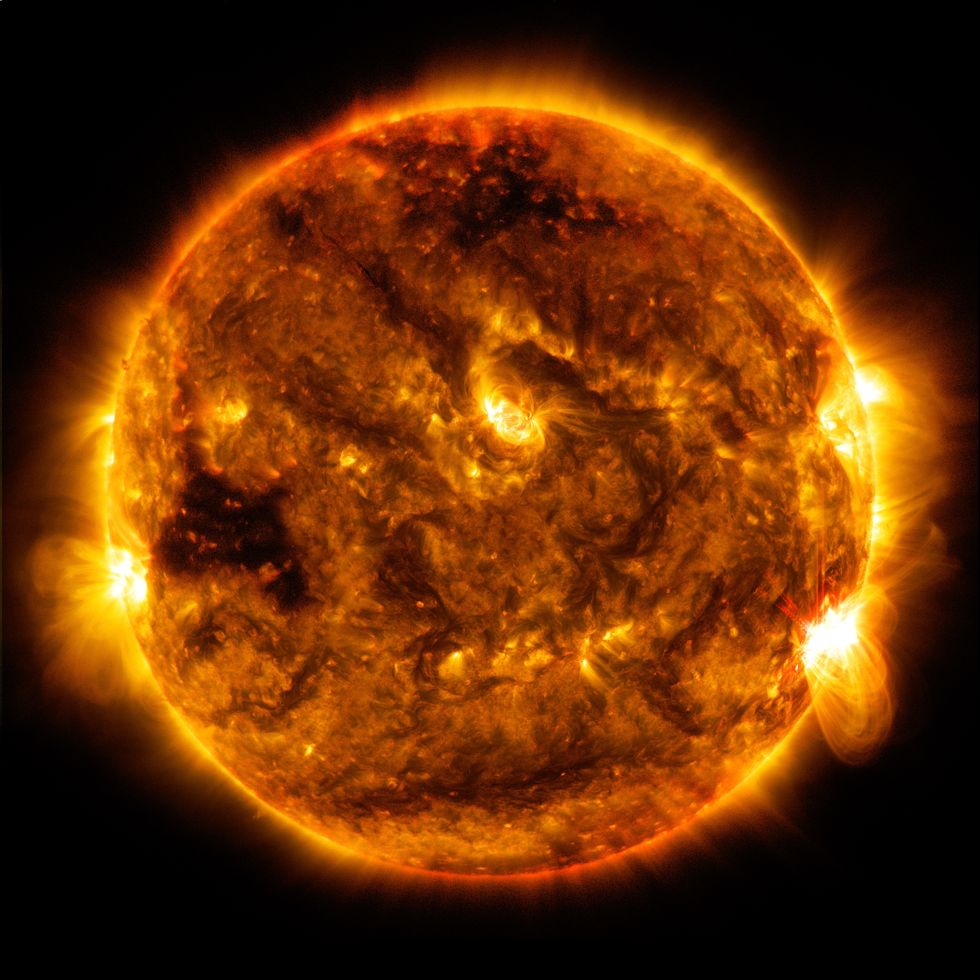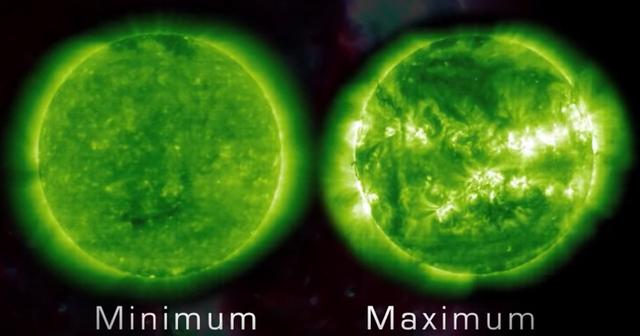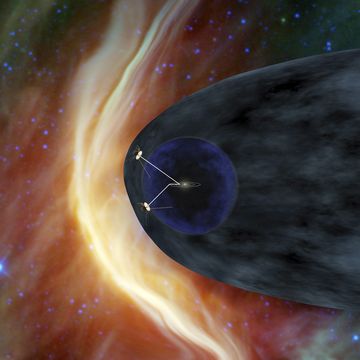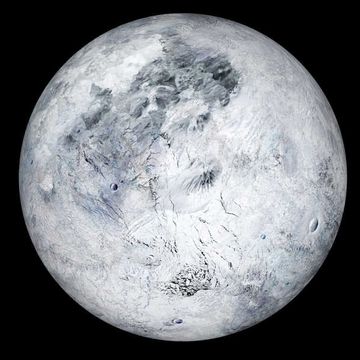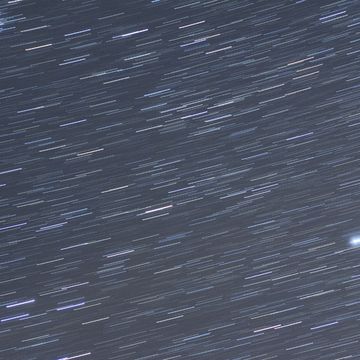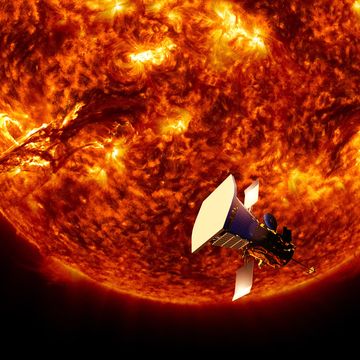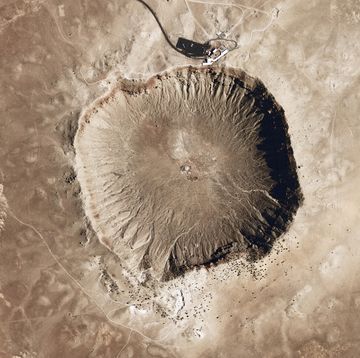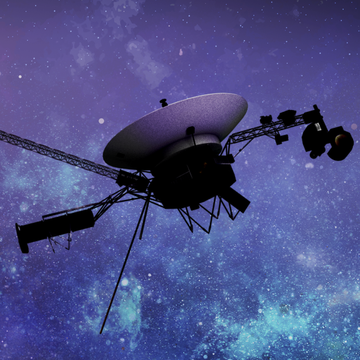Shifts in solar activity could make the sun a greater threat to electronic devices by midcentury, according to research coming out of the British University of Reading's Meteorology department. In addition to affecting Earth's natural protection from solar flares, the changes in the sun's activity mean England will likely no longer experience the Northern Lights, one of the most remarkable phenomena in the world.
Solar minimums, periods of lesser solar activity, are normal, typically occurring once every eleven years. Solar activity is generally measured in sunspots, which decrease during the minimum and rise during the solar maximum.
Meteorologist Mathew Owens and his co-authors, publishing in Scientific Reports, predict a coming "grand minima," a far rarer event, the likes of which were last seen from 1645 to 1715. Known as the Maunder Minimum, this period saw years in which no sun spots were recorded at all. For comparison, in a solar max year like 1989, 157 sunspots were observed.
"As the sun becomes less active, sunspots and coronal ejections will become less frequent," says Owens. "However, if a mass ejection did hit the Earth, it could be even more damaging to the electronic devices on which society is now so dependent."
Fewer sunspots means fewer particles being released in solar wind. Less solar wind would mean that the heliosphere–a bubble around the solar system maintained by particles emitted from the sun–shrinks significantly. The heliosphere protects the Earth from space radiation, meaning that the protections which usually comfort the Earth could significantly weaken, with the potential to effect everything from "records in ice cores and tree trunks" to space travel. It also means that the Northern and Southern lights will likely be confined closer to the polar regions.
If the sun does in fact enter a period of decreased activity, we could counterintuitively be at a higher risk for a coronal mass ejection to wipe out the power grid. Just such an ejection left Quebec and the surrounding are without power for nine hour in 1989. A bigger coronal mass ejection, exacerbated by a depleted heliosphere, could be much more damaging for future society.
Source: University of Reading
David Grossman is a staff writer for PopularMechanics.com. He's previously written for The Verge, Rolling Stone, The New Republic and several other publications. He's based out of Brooklyn.
